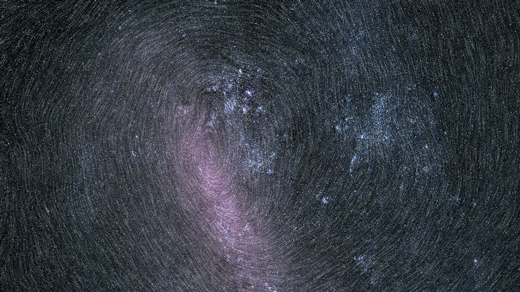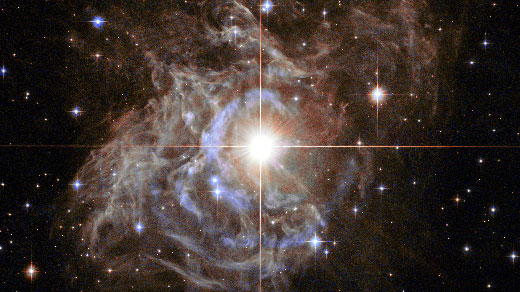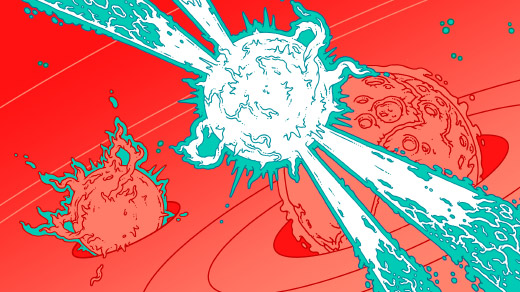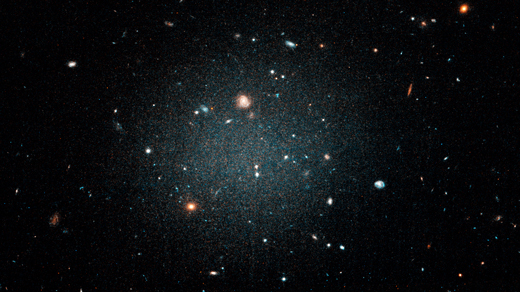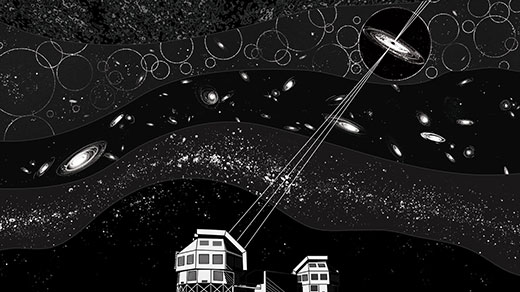What's up in
Astrophysics
Latest Articles
A New World’s Extraordinary Orbit Points to Planet Nine
Astronomers argue that there’s an undiscovered giant planet far beyond the orbit of Neptune. A newly discovered rocky body has added evidence to the circumstantial case for it.
What Astronomers Are Learning From Gaia’s New Milky Way Map
A roundup of some of the most important discoveries gleaned so far from the Gaia space observatory’s new map of the galaxy.
A Radically Conservative Solution for Cosmology’s Biggest Mystery
Two ways of measuring the universe’s expansion rate yield two conflicting answers. Many point to the possibility of new physics at work, but a new analysis argues that unseen errors could be to blame.
Troubled Times for Alternatives to Einstein’s Theory of Gravity
New observations of extreme astrophysical systems have “brutally and pitilessly murdered” attempts to replace Einstein’s general theory of relativity.
A Revealer of Secrets in the Data of Life and the Universe
The statistician Donald Richards lives to uncover subtle patterns hiding in real-world data.
Whisper From the First Stars Sets Off Loud Dark Matter Debate
A surprise discovery announced a month ago suggested that the early universe looked very different than previously believed. Initial theories that the discrepancy was due to dark matter have come under fire.
A Victory for Dark Matter in a Galaxy Without Any
Paradoxically, a small galaxy that seems to contain none of the invisible stuff known as “dark matter” may help prove that it exists.
Astronomers Trace Radio Burst to Extreme Cosmic Neighborhood
A mysterious object that repeatedly bursts with ultra-powerful radio waves must live in an extreme environment — something like the one around a supermassive black hole.
Earliest Black Hole Gives Rare Glimpse of Ancient Universe
It weighs as much as 780 million suns and helped to cast off the cosmic Dark Ages. But now that astronomers have found the earliest known black hole, they wonder: How could this giant have grown so big, so fast?

